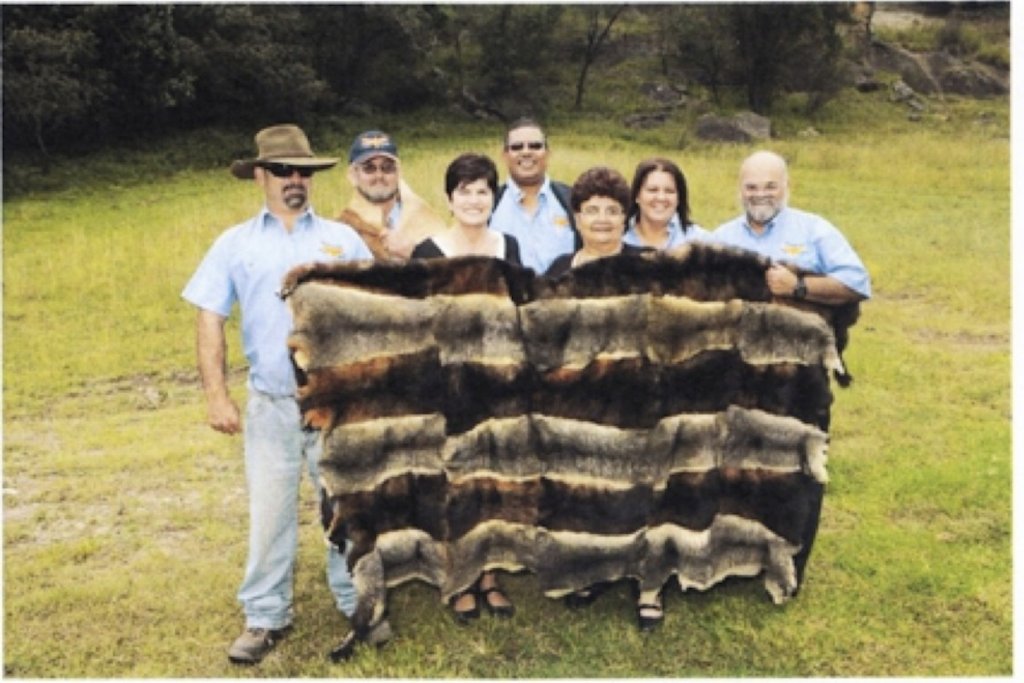St Clair mission, church school, cultural park
Aboriginal groups from Upper Hunter Valley seek refuge at Rev James White's property near Singleton (1860s). They establish a church & school, and St Clair Mission Reserve on Glennies Creek (1893). People whose ancestral lands make up the Hunter Valley form a large proportion of St Clair population: Wonnarua, Darkinung, Worimi & Awabakal clans. St Clair/Singleton becomes the centre of Aboriginal life in the region for fifty years or so.
There is constant movement between Singleton/St Clair & Sackville Reach Reserve on Hawkesbury River, eg Edward Saunders. Maggie Barber, Tom Dillon & Johnny Goobra apply to Aborigines Protection Board for railway passes to journey between the reserves.
"We have been through the bad times and the good times. We have survived. Always look to develop what you have got for the future". (Laurie Perry, CEO of Wonnarua Nation Aboriginal Corporation).
 |  |
Related Events
More than 450 Aboriginal people live in Patrick's Plains district 1827
Aborigines Inland Mission: missionary work
Aborigines Protection Board, strict controls and expulsion
Ceremonial links to Mt Yengo, Bulga Bora ground and Biame Cave at Milbrodale
Reserve closure & eviction: some remain nearby in tin shantytown at Redounberry Hill camp
Wonnarua St Clair "project" to revitalise language & culture (2006)
